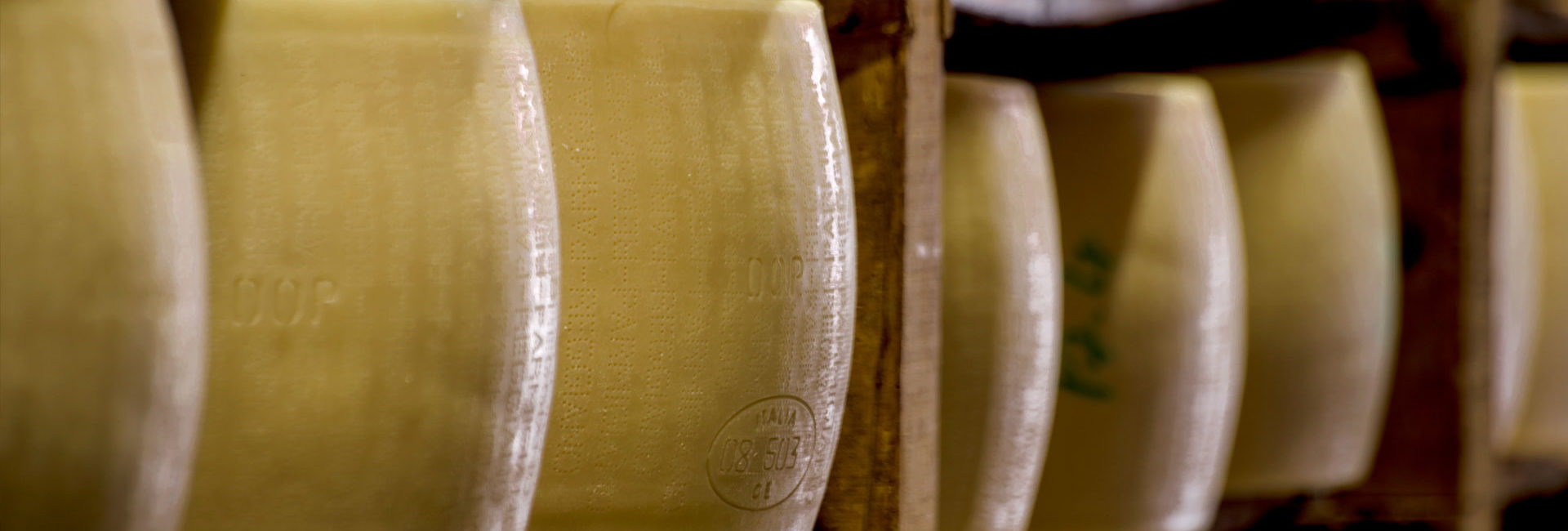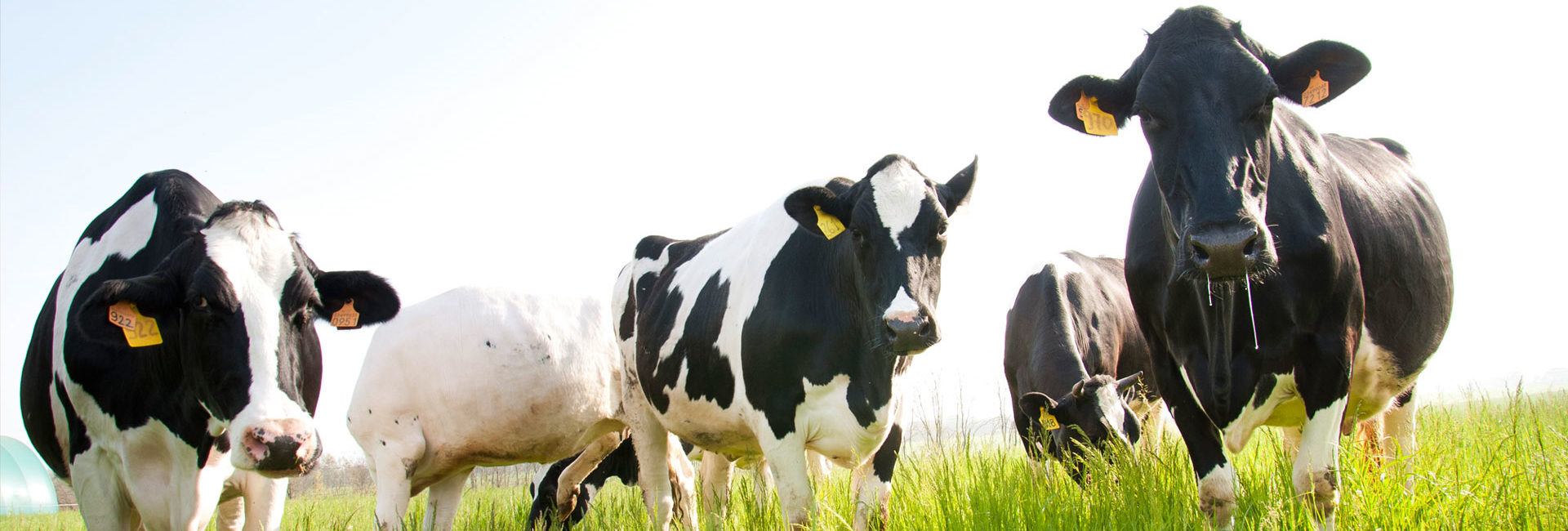Parmigiano Reggiano P.D.O.
Parmigiano Reggiano is exclusively produced in the province of Parma, Reggio Emilia, Modena and other parts of the provinces of Modena and Bologna, among the lowlands, hills and mountains hemmed by the Po and Reno rivers: a big concentration the farms in which cattle is fed with grass products of the region. Good care of animal feeding is provided in order to comply with a rigid regulation that prohibits the use of silage and fermented nutriment. Parmigiano Reggiano cheese has been guaranteed for more that 70 years by the Consortium of Parmigiano Reggiano and more importantly loved for more than nine centuries for its generous taste.
How it is produced
Parmigiano Reggiano is obtained by evening-milking skimmed milk added to the morning milking whole milk. Poured into the typical overturned bell shaped boilers, the milk is enriched with natural curd and whey serum: this way coagulation takes place. The dairymaid then cuts the curd into tiny granules by the means of an ancient tool named “Spino”. After this operation is completed, another one starts: a slow cooking in up to 55 degrees Celsius, upon which the caseous granules precipitate at the bottom of the boiler creating a unified mass which will be extracted by the dairymaid and molded to obtain the cheese shapes. 600 liters of milk are required for each form.







